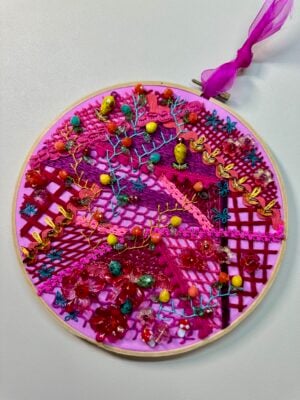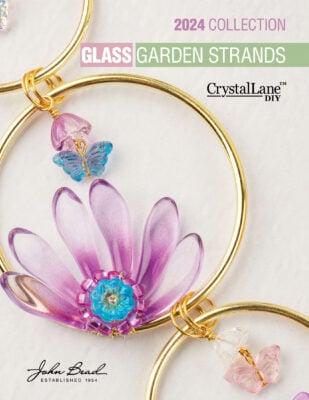Before I put my etching supplies away I wanted...
Etching
Learn how to etch on metal blanks
This new pendant features two Metal Complex blanks that...
Yesterday I introduced you to the technique “etching on...
This week I will be showing you a very...







